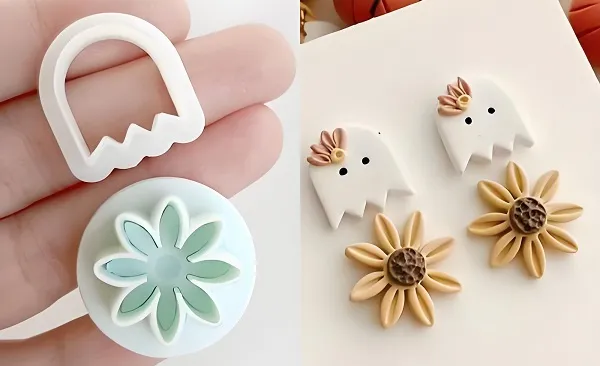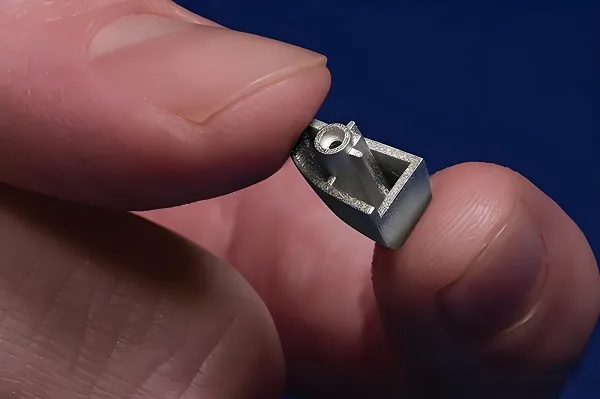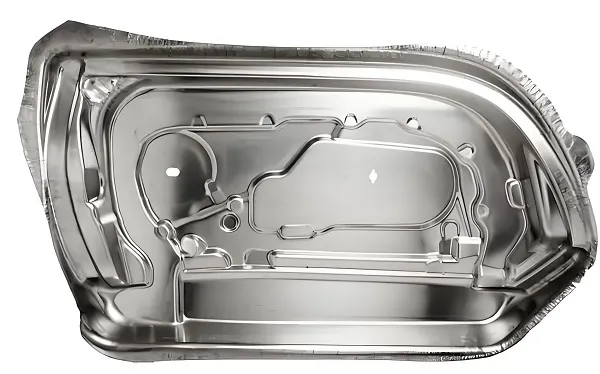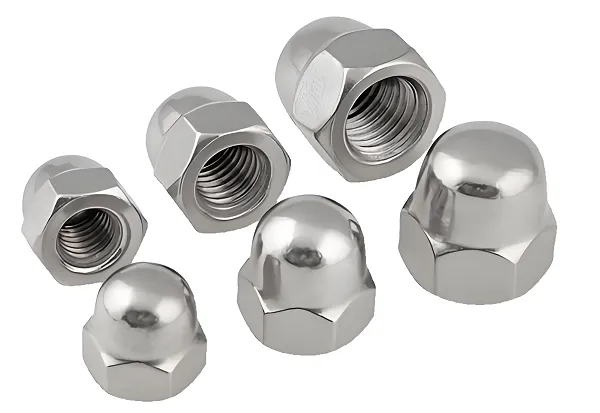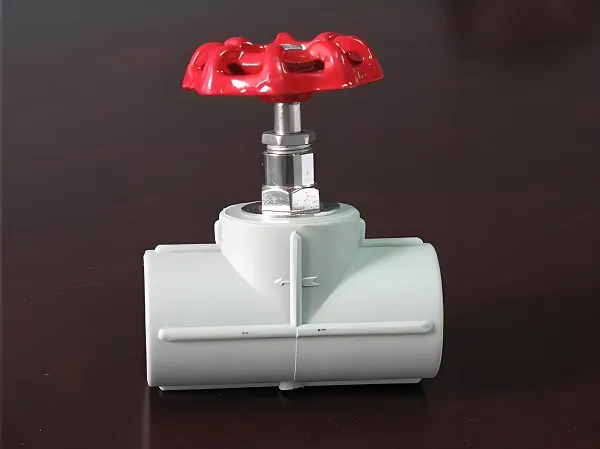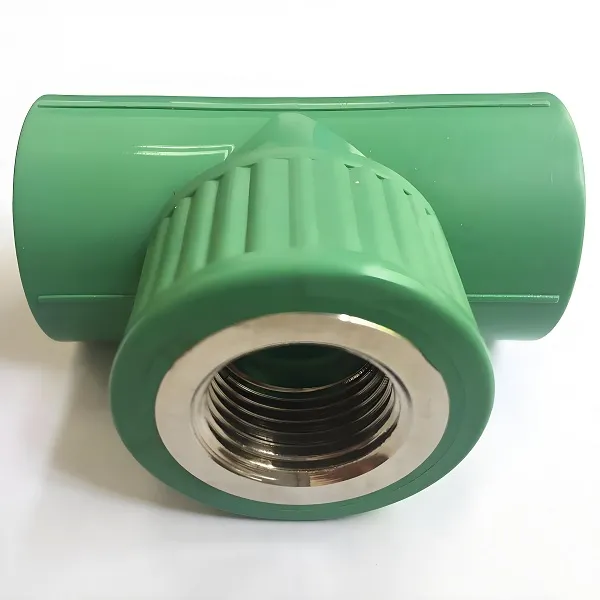In manufacturing, injection molding and machining are two commonly used methods for producing plastic and metal parts. Each has its own unique characteristics and is suitable for different production needs. In this article, we will discuss the technical differences between injection molding and machining, and provide you with guidance in choosing the most suitable manufacturing process for your project.
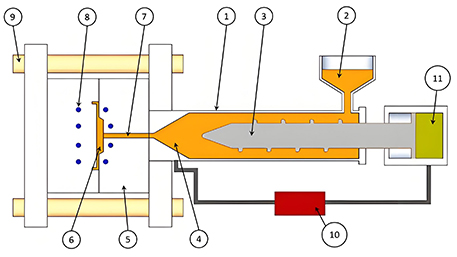
1. Basic Principles and Processes
Injection Molding
Injection molding is a manufacturing process in which molten plastic is injected into a mold cavity to form a desired shape and size. The process typically consists of the following steps:
Plastic Pretreatment: The plastic pellets are dried and preheated to a suitable temperature to ensure their fluidity during the injection molding process.
Injection: Molten plastic is injected under high pressure into a mold, where the shape of the mold cavity determines the shape of the final product.
Cooling and Curing: The plastic is cooled and cured in the mold to form the desired part.
Demolding: When the plastic part is fully cured, the mold opens and the part is ejected.
Mechanical Processing
Machining, on the other hand, is the physical removal of excess material from a larger block of raw material by cutting, grinding, drilling, etc. to obtain a part of the desired shape and size. The process includes:
Material Preparation: Selection of an appropriate raw material, such as a metal or plastic block.
Fixture Mounting: Securing the raw material to the machine tool to ensure stability and accuracy during machining.
Cutting and molding: operations such as cutting, grinding or drilling the raw material using tools or abrasives to form the desired shape.
Quality Inspection: Inspection of the size, shape and surface quality of the machined parts.
2. Production efficiency and cost
Injection Molding
Injection molding is suitable for mass production, especially when thousands or even millions of identical parts need to be produced. It is highly efficient and can produce large quantities of parts quickly. However, injection molding has high up-front costs, primarily for mold design and manufacturing. The complexity and size of the mold can directly affect its cost, ranging from a few thousand dollars to hundreds of thousands of dollars.
Machining
Machining, on the other hand, is better suited for the production of small batches or customized parts. Although it is relatively inefficient, it is flexible enough to accommodate design changes and complex shapes. The cost of machining depends largely on factors such as machining time, material consumption and tool wear. For small batch parts, machining may be more cost-effective because high tooling costs can be avoided.
3. Accuracy and Tolerance
Injection Molding
The accuracy of injection molding is affected by a variety of factors, such as mold accuracy, plastic material, injection temperature and pressure. Generally, injection molded parts are within tolerances of 0.005 inches. However, due to the fluidity and shrinkage of the plastic during the injection molding process, some parts may exhibit slight shape changes or surface defects.
Machining
Machining produces more accurate parts, often to tolerances of 0.001 inches or less. This is made possible by advanced cutting techniques and precision measuring equipment. Machining is especially suited for industries that require the highest level of precision, such as aerospace, medical devices, and precision instruments.
4. Design and Flexibility
Injection Molding
Injection molding has certain limitations in terms of design. The design of the mold needs to take into account the fluidity and shrinkage of the plastic, as well as the ease of demolding. As a result, certain complex shapes or details may be difficult to achieve through injection molding. In addition, once the mold is manufactured, modifying the design becomes very difficult and costly.
Machining
Machining offers more flexibility in design. It can handle virtually any shape and size of part without having to consider the limitations of the mold. In addition, machining is able to respond quickly to design changes by adjusting cutting parameters and tool paths to accommodate new design requirements.
5. Material Selection and Application
Injection Molding
Injection molding typically uses thermoplastics that soften and flow when heated and solidify when cooled. While injection molding can handle some thermoset plastics, they have a relatively narrow range of applications. In addition, injection molding is limited by the size and shape of the mold, and certain large or complex shaped parts may not be produced.
Machining
Machining, on the other hand, is capable of handling a much wider range of materials, including metals, plastics, wood, and composites. Machining is not limited by the shape and size of the material, and is capable of producing a wide range of complex shapes and structures. In addition, machining is able to handle some high-performance materials, such as titanium, stainless steel and high-temperature alloys, which may be difficult to handle in injection molding.
Conclusion and Recommendations
In summary, there are significant differences between injection molding and machining in terms of fundamentals, productivity and cost, accuracy and tolerances, design and flexibility, and material selection and application. Consider the following factors when selecting the most appropriate manufacturing process for your project:
Production requirements: Injection molding is better suited for high-volume, cost-sensitive projects; machining is better suited for low-volume or custom parts production.
Accuracy Requirements: Machining should be chosen for parts with very high accuracy requirements; injection molding may be chosen for projects with lower accuracy requirements and a focus on productivity.
Design and Flexibility: Machining is more suitable for projects requiring frequent design changes or dealing with complex shapes; injection molding can be chosen for projects with stable design and no need for frequent changes.
Material Selection: The manufacturing process is selected based on the type and properties of the material required. For example, projects that need to handle high-performance materials or specially shaped materials may be more suitable for machining.
Finally, it is recommended to consult and discuss with a professional manufacturer or engineer before deciding which manufacturing process to use to ensure that your project will be completed in the most cost-effective and efficient manner.

